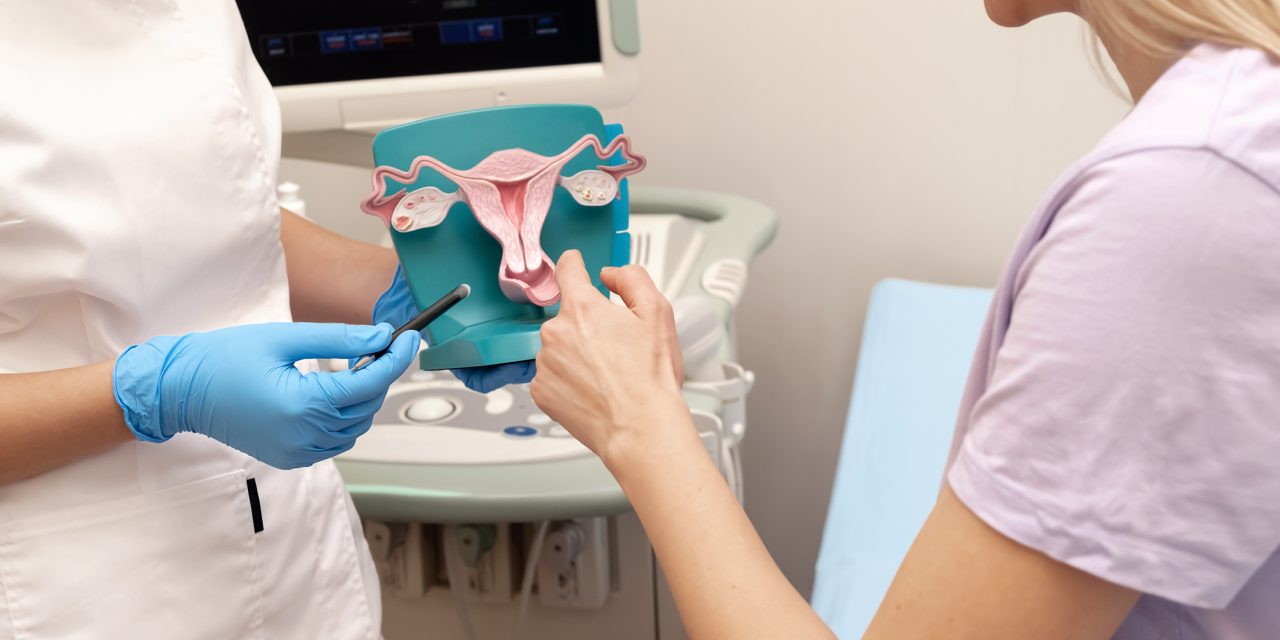Renal dysfunction in cirrhosis is common and is associated with increased mortality. Identifying and treating reversible causes of renal disease can significantly improve outcomes. The etiology, approach, and evaluation of renal disease in this group of patients is similar to the noncirrhosis patient, with a few specific caveats. Renal disease may be unrelated to the cause of cirrhosis (eg, prerenal acute kidney injury, acute tubular necrosis), occur as a manifestation of the same systemic disease responsible for the liver disease (eg, chronic viral hepatitis B and C infection) or as a consequence of cirrhosis (hepatorenal syndrome). Kidney impairment may be underrecognized in patients with cirrhosis due to over-reliance on creatinine-based glomerular filtration rate equations used in clinical practice. The first steps of evaluation for the renal disease include a thorough medical history to identify the underlying cause of cirrhosis and any potential trigger for renal dysfunction, physical examination, and review of prior laboratory records for baseline renal function. Renal imaging and urinalysis should be performed on all cirrhotic patients with renal dysfunction to establish the presence of urinary obstruction, chronicity and intrinsic renal disease.
Evaluation of Renal Disease in Patients With Cirrhosis.


